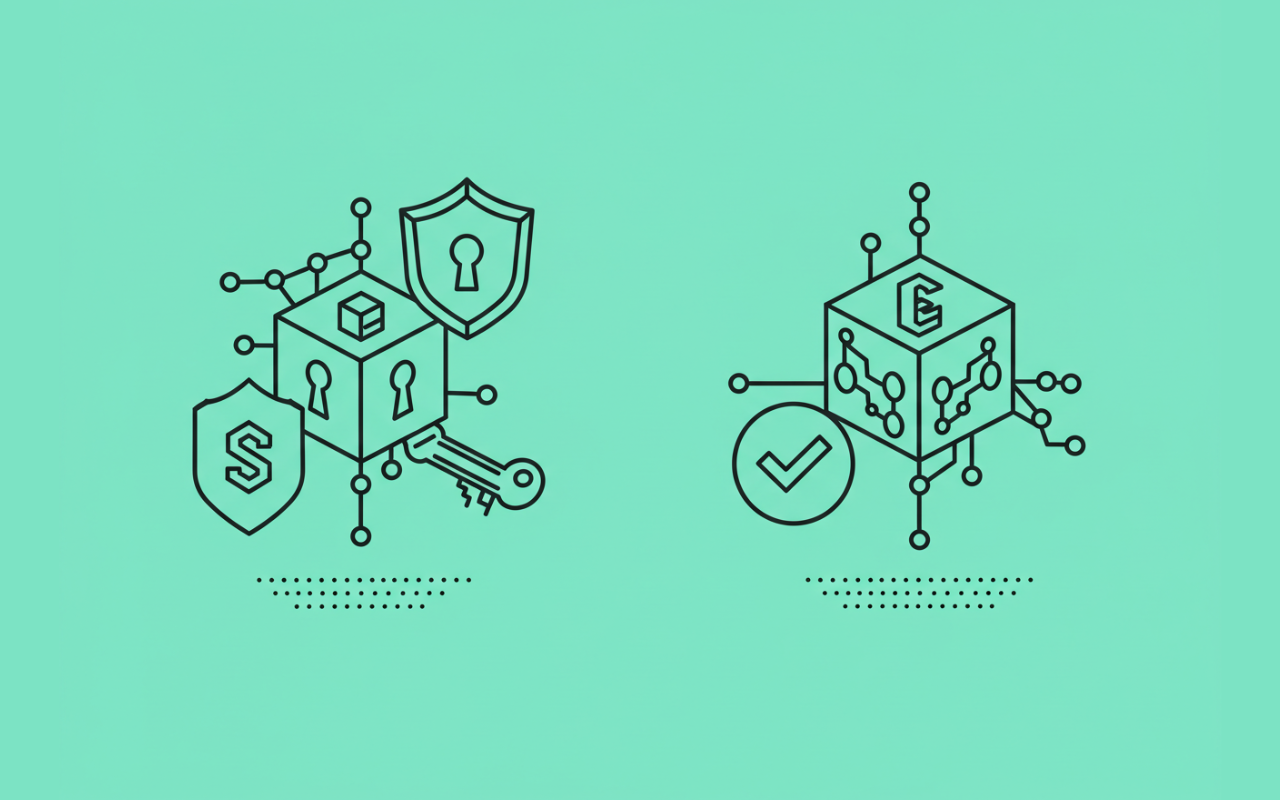Cryptocurrency continues to grow as a revolutionary force in the financial world. With its rise in popularity, however, comes an increase in security threats. As we approach 2025, ensuring the safety of your digital assets has never been more important. Whether you’re a seasoned crypto enthusiast or just dipping your toes into the world of blockchain, adopting robust security practices should be a top priority. Let’s explore the best ways to keep your crypto safe in 2025.

1. Use a Hardware Wallet
If you’re serious about protecting your cryptocurrency, a hardware wallet is a must. These devices store your private keys offline, making them immune to hacking attempts that target online wallets or exchanges. Think of it as a digital vault that keeps your assets safe from prying eyes. In 2025, hardware wallets are expected to become even more secure, with advanced encryption and user-friendly interfaces.
Popular options like Ledger and Trezor are already leading the pack, but keep an eye on new players entering the market with innovative features. Remember, if your private keys aren’t stored offline, they’re potentially vulnerable.
2. Enable Multi-Factor Authentication (MFA)
One password isn’t enough to secure your crypto accounts anymore. Multi-factor authentication (MFA) adds an extra layer of protection by requiring you to verify your identity through multiple means like a code sent to your phone or an authenticator app.
By 2025, MFA technology will likely evolve further, incorporating biometric options like fingerprint or facial recognition. Always enable MFA on any exchange, wallet, or platform you use. It’s a simple step that can save you from devastating losses.
3. Beware of Phishing Scams
Phishing scams remain one of the most common ways hackers target crypto users. These scams often involve fake emails, websites, or social media messages designed to trick you into sharing your private keys or login credentials.
In 2025, phishing attacks will likely become more sophisticated, using AI to create highly convincing messages. Stay vigilant by double-checking URLs, avoiding clicking on unsolicited links, and always verifying the authenticity of communication from exchanges or wallets.
→ Pro tip: Bookmark the official websites of your crypto platforms and only access them through those saved links, this helps you avoid fake sites.
4. Keep Software and Devices Updated
Cybersecurity is a constantly evolving field, and outdated software is one of the easiest ways for hackers to exploit vulnerabilities. Whether it’s your wallet app, exchange account, or operating system, always ensure you’re running the latest version.
By 2025, automatic updates will likely become standard across most platforms, but it’s still good practice to double-check and manually update when needed. Don’t forget about your antivirus software and firewalls, they play a key role in keeping your devices secure.
5. Diversify Your Storage Solutions
The saying “don’t put all your eggs in one basket” applies perfectly to cryptocurrency storage. Instead of keeping all your assets in one wallet or exchange, consider spreading them across multiple secure options.
For example, you can store a portion in a hardware wallet, some in a reputable exchange (for trading purposes), and others in a cold wallet (an offline storage method). Diversification reduces the risk of losing everything if one platform is compromised.
6. Educate Yourself About Smart Contract Risks
With the rise of decentralized finance (DeFi) and blockchain-based applications, smart contracts have become an integral part of the crypto ecosystem. While they’re incredibly useful, smart contracts aren’t immune to bugs or vulnerabilities.
By 2025, auditing tools for smart contracts will likely become more advanced, but it’s still essential to do your homework before interacting with any DeFi platform. Stick to well-reviewed projects and avoid anything that seems too good to be true.
7. Be Cautious with Public Wi-Fi
Accessing your crypto accounts over public Wi-Fi is a big no-no. These networks are often unsecured and prime hunting grounds for hackers looking to steal sensitive information. If you must use public Wi-Fi, make sure to connect through a reputable Virtual Private Network (VPN). VPNs encrypt your internet traffic, making it much harder for attackers to intercept your data. In 2025, expect VPNs to integrate even more seamlessly with mobile devices and browsers, making it easier than ever to stay secure on the go.
8. Regularly Back Up Your Wallet
Backing up your wallet is crucial for recovering your funds in case you lose access to your device or hardware wallet. Most wallets provide a recovery phrase (also known as a seed phrase) when you set them up, this is essentially the master key to your funds.
Write down your recovery phrase on paper (never store it digitally) and keep it in a safe location. Better yet, make multiple copies and store them in different secure places. By 2025, we may see new methods of wallet recovery emerge, but until then, safeguarding that recovery phrase remains non-negotiable.
9. Be Wary of “Too Good to Be True” Offers
The crypto space is full of opportunities, but also scams disguised as opportunities. If someone promises guaranteed returns or claims they have insider knowledge about the next big coin, proceed with extreme caution.
In 2025, AI-driven scams may become more prevalent, making it harder to distinguish between legitimate offers and fraudulent ones. Always do thorough research and never invest more than you can afford to lose.
10. Stay Informed
The crypto world evolves rapidly, and staying informed is one of the best ways to protect yourself. Follow trusted news sources, join online communities, and stay updated on the latest security trends and threats.
By 2025, we’ll likely see more educational resources tailored specifically for crypto users, take advantage of them! The more you know about how the technology works and what risks exist, the better equipped you’ll be to safeguard your assets.
Conclusion
Crypto security in 2025 will require vigilance, education, and the right tools. While the technology powering cryptocurrency is designed to be secure by nature, human error and evolving threats mean you can’t afford to be complacent. By following these best practices and staying proactive about your security measures, you can enjoy the benefits of cryptocurrency without unnecessary worry.


